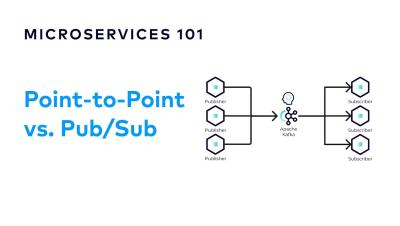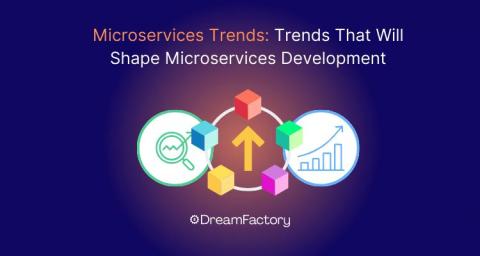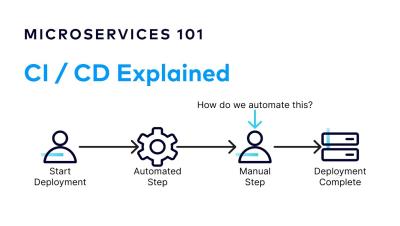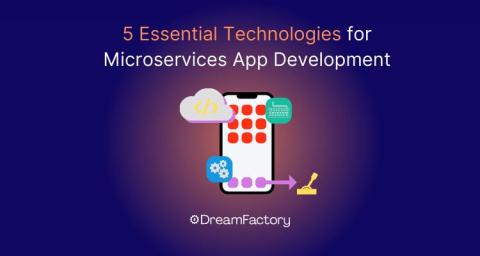Understand Microfrontends: A Guide for Developers and CTOs
Microservices architecture has gained significant traction due to its ability to break down monolithic applications into smaller, independently deployable services. However, the benefits have often been lop-sided. While backend developers have realized numerous advantages, frontend adoption has been held back by tight coupling, slow development cycles and scalability issues. Microfrontends have emerged as a solution to these challenges by applying microservices principles to the frontend.











